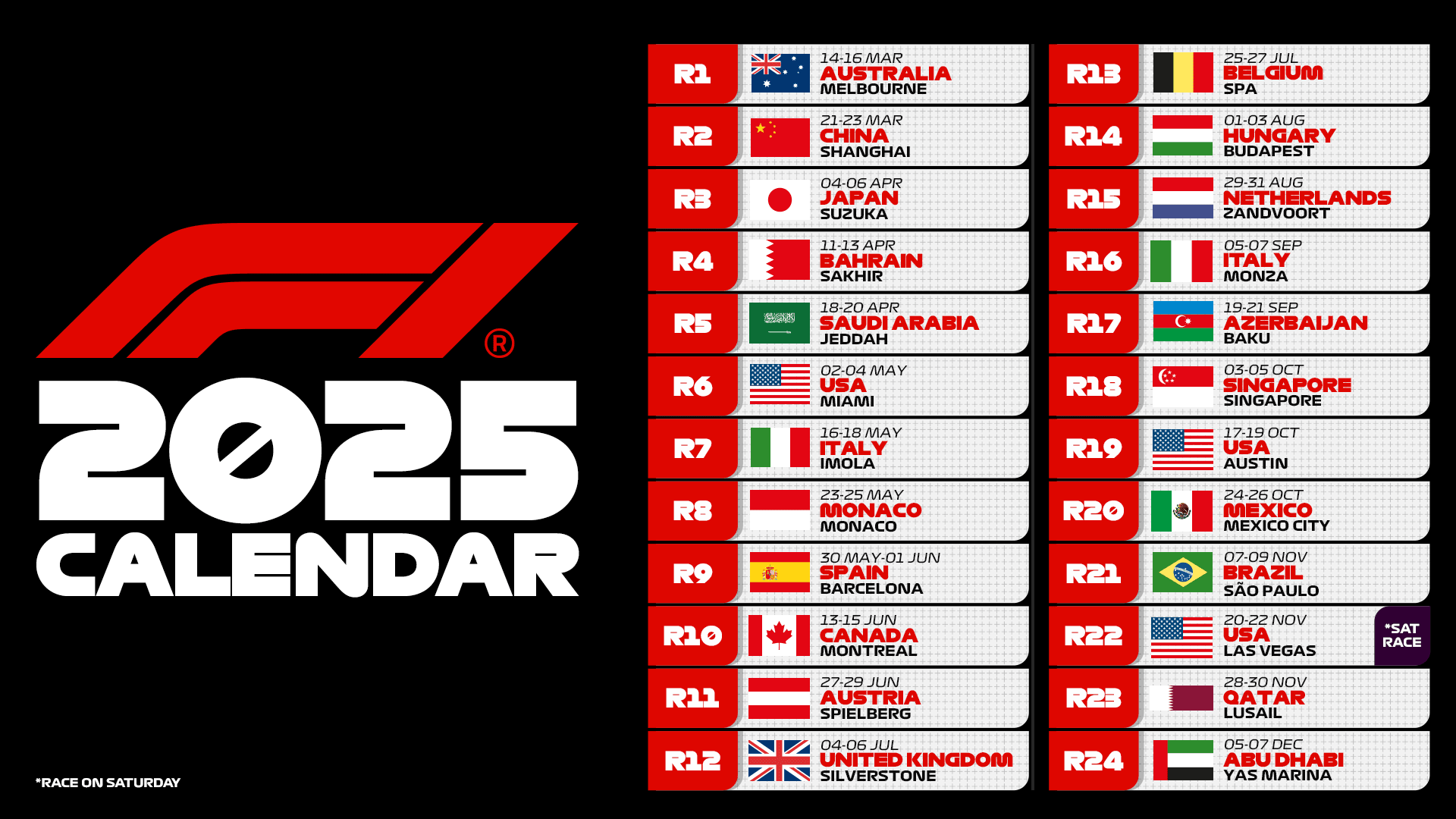The conditions in the 14th round of the 2024 Formula 1 championship were the worst that Ferrari could encounter. A track that basically does not favor the characteristics of the current car, and moreover, the track surface temperatures were very low. In this first part of the 2024 season, wherever the SF-24 encountered such context, performance always lacked. Additionally, the very low downforce setup adopted through the new aerodynamic package we examined with precision was not ideal on a track with so little grip. We specify that on Saturday, heading towards qualifying, the Maranello technicians preferred not to make the planned changes.
The main parameter that needs to be hit in these conditions is the temperature of the four tires during the dry lap. The degrees on the two axles must be as close as possible to the ideal conditions, which is not easy at all. Charles Leclerc talked a lot about this, showing himself to be quite surprised at managing to hit the activation of the compounds in these conditions, where in the past Ferrari had struggled quite a bit. Between Q1 and Q3, the Maranello team worked on the outlap to find the best way to heat the compounds and generate friction.
The warm-up cycle was nailed perfectly by Charles Leclerc in the last attempt available when the Monegasque managed to put everything together. The central sector remains a limitation for Ferrari, which is actually slower than Lewis Hamilton and Sergio Perez, both of whom qualified behind him. The front row was built in the first sector, where on Friday the SF-24 was the strongest. This solidity was confirmed on Saturday, even though the team worked a lot on turn 1, where Charles Leclerc was losing about one and a half tenths. By finding a better racing line for the first corner, he fixed the first sector, getting closer to Max Verstappen.
The last sector also remains a limitation for Ferrari, as other cars performed decidedly better. They were very good at containing the losses and thus maximizing the result. In the wet, bouncing was a lesser issue. This is because the minimum cornering speeds are lower, and the car undergoes less powerful compression. This also happens in the race, which is why Charles Leclerc is more positive thinking about Sunday’s Belgian Grand Prix. To be clear: in the wet, no bouncing was seen, but during the race, there might still be some. The difference is that it should not bother the drivers.
It seems strange to say, but the SF-24 built the lap in a very similar way to the RB20 in the qualifying session at the 7.004-kilometre Circuit de Spa-Francorchamps. Observing the telemetry, we can see that Ferrari and Red Bull gain in the same points compared to McLaren, especially in the central sector. Obviously, the Ferrari shows lesser benefits compared to Max Verstappen’s car, which actually hit pole position. In these conditions, it was the favored car, also because it carried a higher level of downforce at the rear compared to the other cars on the track.
The overall efficiency level allows Red Bull to “play” with the load level. With a grip-deficient track surface, the extra load surely helped Max Verstappen, who also put a lot of effort into it. Sergio Perez’s presence in third position, however, shows how solid the RB20 was in these conditions. In the first laps of qualifying, they suffered some issues, but the grip was there even if Max Verstappen complained. They couldn’t get the front-end to temperature, which was always too cold, while the rear heated up too much, going above the optimal window.
A thermal imbalance did not allow for maximum performance extraction. Red Bull therefore worked on the steering wheel dials to try to shift the balance a bit to the front and thus generate heat. Already in Q2, the situation had improved and by the end of the preparation lap, they managed to have a front end within a good window. McLaren, on the other hand, effectively threw away a front row by placing both cars in fifth and sixth position. On Sunday they might have several problems in overtaking Charles Leclerc’s Ferrari, which showed to be very fast on the straight.
Show your support for Scuderia Ferrari with official merchandise collection! Click here to enter the F1 online Store and shop securely! And also get your F1 tickets for every race with VIP hospitality and unparalleled insider access. Click here for the best offers to support Charles and Lewis from the track!
McLaren nailed the initial sector but then lost a lot of performance in the central part of the track, where on Friday they were making the difference even compared to Red Bull. In the last sector, the two MCL38 cars performed well again, managing to contain the losses, staying on Max Verstappen’s times. As far as we know, no modifications were made to the papaya-colored cars in preparation for qualifying. The balance remained unchanged. They had a fairly low-downforce rear wing, but this does not justify the six-tenths lost in the second sector.
Again, it is a matter of tires and how they are managed during the lap. The drivers reported that the conditions were very difficult for them. Normally, the MCL38 has low sensitivity to temperatures, just remember the Japanese qualifying, for example. In this case, however, they lost a lot of performance due to a general lack of grip. Between turn 5 and 7 alone, Norris loses a significant 3 tenths. At Pouhon, he loses another 2 tenths compared to the RB20 and at the 12-13 chicane, he does not traction as well as he did on Friday.
The micro-sector telemetry data confirms what was previously mentioned. Red Bull is very strong throughout the first corner, with Max Verstappen managing to maintain a very tight racing line. At McLaren, the drivers were suggested to do the same, but they could not replicate Max Verstappen’s lines. In the descent towards Eau Rouge, Charles Leclerc gains something in traction, but at Radillion, McLaren recovers, with Ferrari and Red Bull remaining very close. The first sector ends almost on par among the three teams. Between turns 5, 6, and 7, however, Lando Norris loses a lot of ground, with the gap increasing rapidly.
In the central sector, Charles Leclerc’s Ferrari proves to be quite competitive from turn 5 to 9. At 10 and 11, there was no bouncing on the SF-24, and for this simple reason, the red car managed to do better than McLaren. In terms of minimum speed, the Monegasque driver beats Lando Norris in this part of the track. Then, in the third sector, Mercedes is very competitive on the straight, alternating with Carlos Sainz’s Ferrari. The red cars lose something at this point of the track but managed to put down good traction, thus limiting the losses in the final chicane.













.png)

Leave a Reply